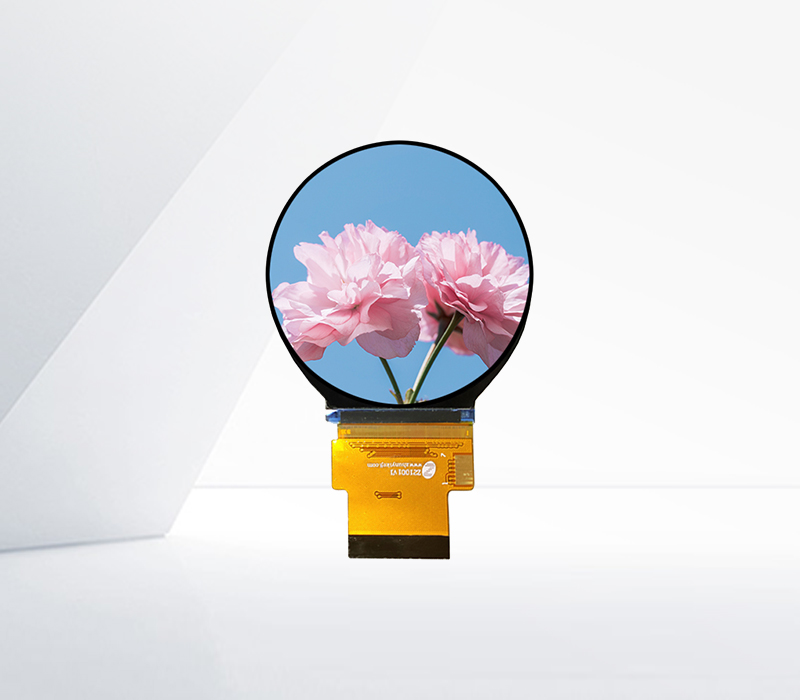




The customized display enclosure is a crucial element that not only provides physical protection for the display components but also plays a significant role in the overall aesthetics, ergonomics, and functionality of the display device. Customization allows manufacturers and designers to meet the specific requirements of different applications, whether it's for consumer electronics, industrial equipment, or specialized display systems.
One of the primary functions of a display enclosure is to protect the delicate internal components, such as the liquid crystal panel, backlight unit, and control mainboard, from physical damage, dust, moisture, and other environmental factors. Custom enclosures can be designed with specific materials and construction methods to meet different protection standards. For example, in industrial applications where the display may be exposed to harsh conditions, enclosures can be made from rugged materials like stainless steel or high - strength plastics with IP (Ingress Protection) ratings to prevent the ingress of dust and water.
Aesthetics also play a vital role in customized display enclosures. The design of the enclosure can be tailored to match the brand image and style preferences of the product. Different finishes, colors, and textures can be applied to the enclosure to create a visually appealing look. In consumer electronics, sleek and modern - looking enclosures are often preferred to attract customers. For example, smartphone manufacturers invest a great deal of effort in designing unique and stylish enclosures that not only house the display but also contribute to the overall desirability of the device.
Ergonomics is another important consideration in customized display enclosures. The shape, size, and weight of the enclosure need to be designed to ensure comfortable use for the end - user. In the case of portable devices, the enclosure should be lightweight and easy to hold, while for fixed - mounted displays, it should be designed for easy installation and operation. Custom enclosures can also incorporate features such as handles, stands, or mounting brackets to enhance the usability of the display device.
Functionality is further enhanced through customized display enclosures. They can be designed to include additional features such as ventilation holes for heat dissipation, cable management systems to keep the wiring organized, and input/output ports for easy connection to external devices. In some cases, enclosures may also be designed to integrate touch - screen functionality, buttons, or other user - interaction elements directly into the design. Overall, customized display enclosures offer a high degree of flexibility, enabling the creation of display devices that are not only functional and reliable but also visually appealing and user - friendly, meeting the diverse needs of various industries and applications.
